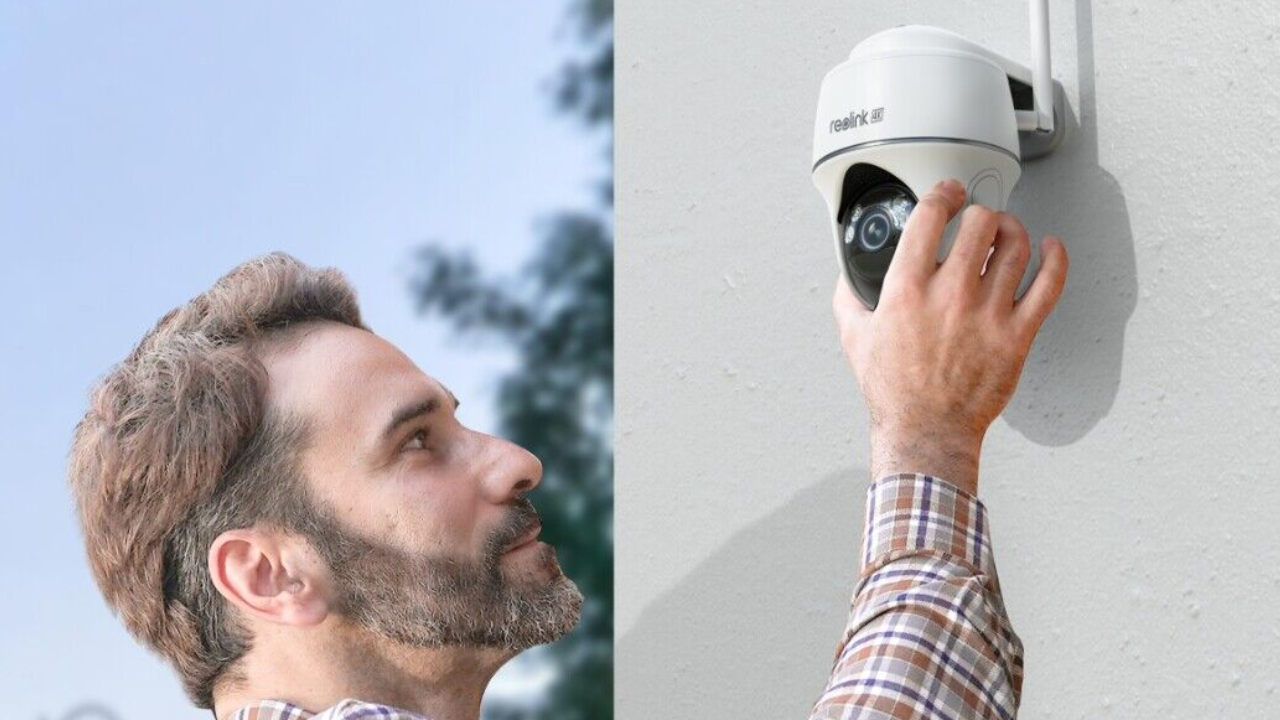Outdoor security cameras are surveillance equipment that monitors and records behavior outside of buildings or residences. They are widely used to improve house security by constantly monitoring external areas such as driveways, entryways, and yards. The primary purpose of outdoor security cameras is to dissuade potential intruders and robbers by acting as a visible deterrent to unauthorized access.
Outdoor security cameras provide homeowners with crucial proof in the event of a security breach or criminal activity by recording clear footage of the criminals and their actions. Furthermore, these outdoor security cameras allow homeowners to watch package delivery, and receive real-time notifications of suspicious activities or potential threats. Overall, outdoor security cameras play an important role in protecting properties, deterring crime, and giving homeowners peace of mind.
Consideration Factors for Selecting Outdoor Security Cameras
Choosing the correct outdoor security camera is a critical decision for homeowners who want to improve the safety and security of their property. With so many alternatives on the market, it's critical to examine many things to ensure you get a camera that suits your individual needs and tastes. In this comprehensive guide, we will look at everything from resolution and field of vision to connectivity and weather resistance when it comes to outdoor security cameras.
Resolution
Resolution is one of the primary considerations when selecting outdoor security cameras. High-resolution cameras produce crisper and more detailed video images, making it simpler to distinguish people and things. Outdoor security cameras typically have resolutions of HD (720p), Full HD (1080p), and Ultra HD (4K). Higher resolutions result in greater file sizes, so it's necessary to strike a balance between storage space and bandwidth requirements.
Field Of View
A security camera's field of vision (FOV) defines how much area it can capture. Cameras with larger fields of view cover more territory and are perfect for monitoring big outside areas like yards or parking lots. Narrower FOVs may be more appropriate for focusing on certain entrance points or regions of interest. When choosing a camera with an acceptable field of view, keep your property's layout and the regions you want to monitor in mind.
Night Vision
Night vision is vital for outdoor security cameras since it allows for surveillance in low light or at night. Look for cameras with infrared (IR) LEDs or other night vision technologies that can record clear and detailed footage even in total darkness. A few cameras have color night vision, which improves visibility over typical black-and-white night vision.
Weather Resistance
Outdoor security cameras are exposed to the elements, so choose cameras that are weather-resistant and designed to survive a variety of weather situations. Look for cameras with an IP (Ingress Protection) rating, which indicates resistance to dust and water. A higher IP rating indicates greater resistance to moisture and debris, providing dependable performance in outdoor settings.
Connectivity
Consider the networking options available with outdoor security cameras, which include Wi-Fi, Ethernet, and cellular. Wi-Fi cameras are simple to set up and can be placed almost anywhere, although they may face signal interference or have limited range. Ethernet cameras offer a more steady connection but require wiring. Cellular cameras are suitable for rural areas without Wi-Fi or Ethernet connections, but they may require a cellular data contract.
Storage Options
Outdoor security cameras typically have two storage options: local and cloud storage. Local storage entails saving footage to a microSD card or a network-attached storage (NAS) device on-site. Cloud storage transfers film to a secure server on the internet, enabling remote viewing and backup. When selecting a camera, keep the cost, dependability, and accessibility of storage choices in mind.
Power Source
Outdoor security cameras can be powered in a variety of ways. Wired cameras require a steady power source to operate, but they must be professionally installed. Wireless cameras can be powered by batteries, which allow for greater freedom in placement but require periodic replacement or recharging. Some cameras additionally use solar panels for sustainable electricity, which use sunlight to replenish batteries and assure ongoing functioning.
Final Words
Outdoor security cameras must be carefully selected based on a variety of characteristics such as resolution, field of view, night vision, weather resistance, connectivity, storage options, motion detection, remote access, power source, and smart home integration. By weighing these variables and selecting cameras that meet your individual needs and tastes, you can significantly improve the safety and security of your property, offering peace of mind and protection for you and your family.


